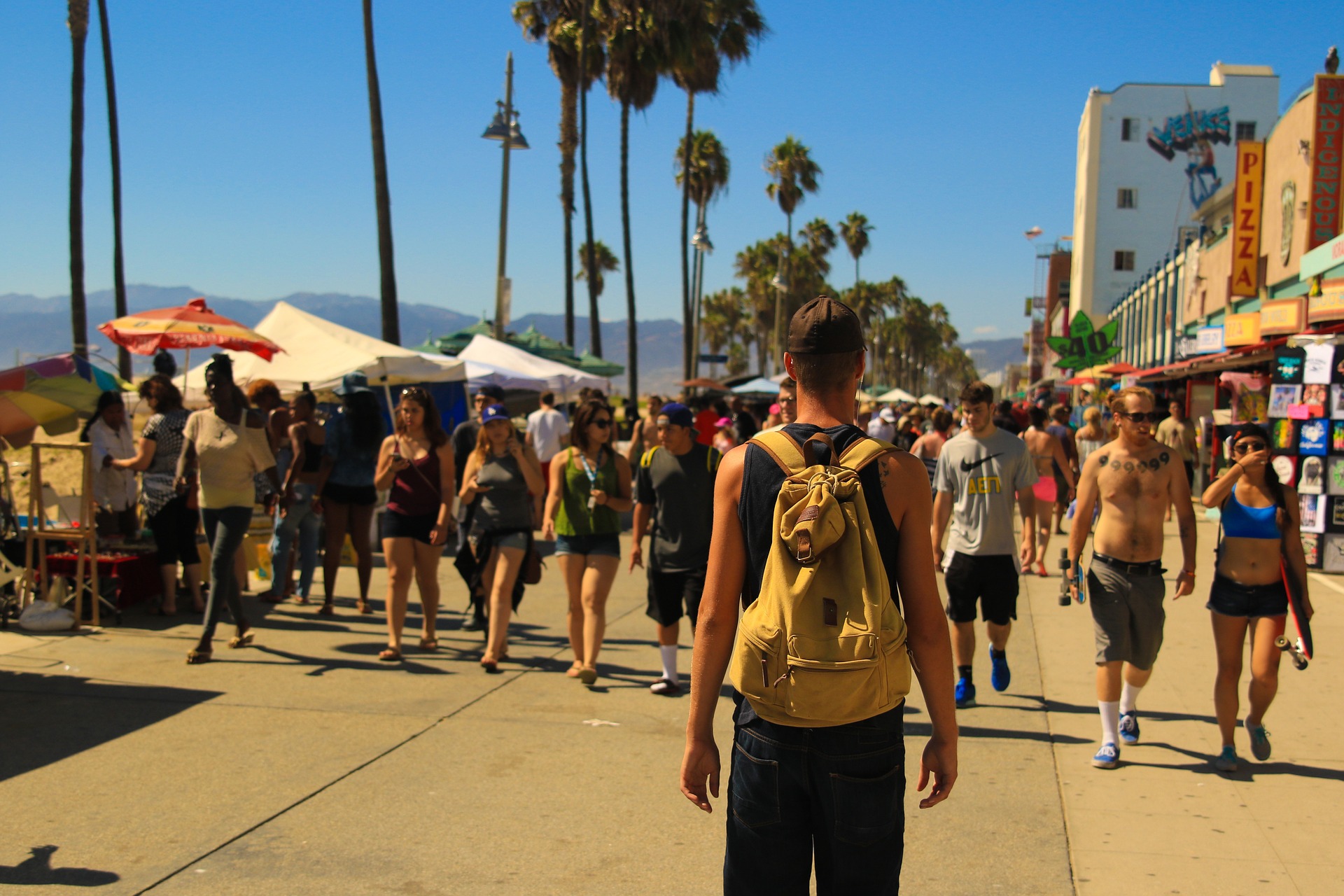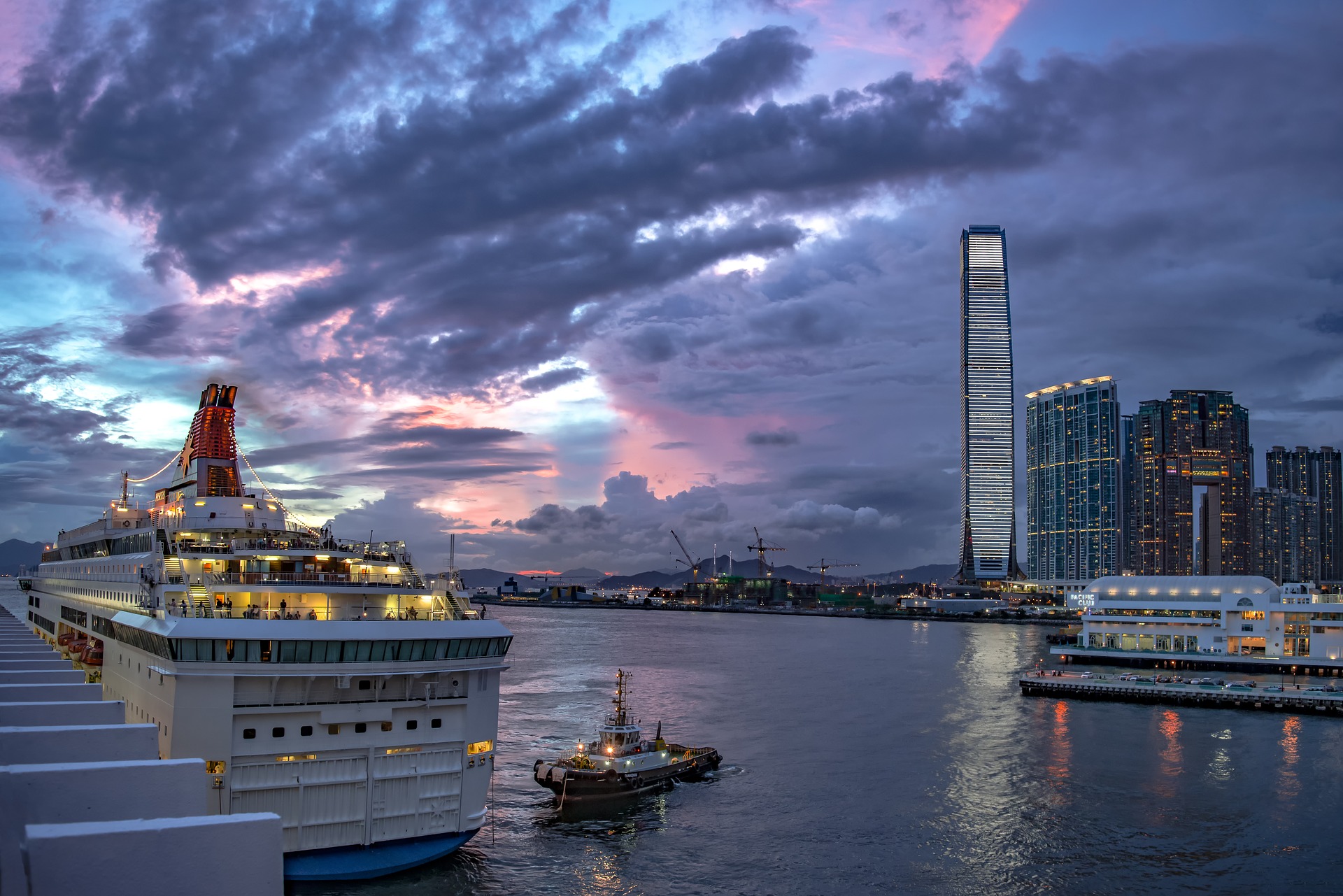
Visitor Management – week 8
Over tourism is a team, which simply means people travel to a place in huge numbers and make the destination crowned. Every place has a limited capacity of people they can welcome, as we have limited resources.
In week 8 I learned that tourism’s growth has some positive and negative effects on a tourist destination place. Tourism helps the urban area grow in terms of economy, lower transportation cost, better infrastructure, and cultural development. On the other hand, it creates challenges like overuse of the natural resources, congestion, a threat to the local communities, prices hike for day to day essentials. Venice city faces over-tourism, which is creating congestion in the canals, dirty water, and danger to the sea creatures, but COVID – 19 hits the world badly. Our nature is healing as people had in their homes, creating less pollution.
B.Cs Tourism Industry – Policy Development and advocacy – Week 9
The guest lecture by Peter Larose helped me to teach the importance of a structured policy and planning. If we want to do strong research, it is important to balance the different aspects like politics, public affairs, and government affairs. He also shared his personal experience of a case study he did on B.C Ferries’ socio-economic impacts analysis. The government of B.C restructured the ferries in the year 2003. They gave the hold to a private corporation, increased the fair prices, and did some cutovers of money, resulting in the loss of millions of travellers. After a deep comparison between the B.C and other countries, external trends, he comes up with a report that helped the government realize the great economic loss.

Indigenous people and tourism policy development – week 10
IPAs means the Indigenous protected areas, the areas which are protected by the Indigenous people. The guest lecture by Courtney Mason was fascinating to me as I enjoy gaining knowledge about a certain place’s history. He told us about how the water of St. Lawrence river, sheek island, was contaminated with mercury coming out of the metal factories, where he used to go fishing with his family. Eating fish from this island is no more a good option because of human activities.
He also throws some light on the Indigenous people of the Banff Bow – valley, where indigenous people are living for the past 11 millennia. Some of the indigenous people’s goals are to save the traditional land, save their communities, and save one another. The first indigenous protected area was the Edehzhic, Great Slave Lake. These indigenous people from Great Slave Lake are helping Canada to accomplish their goal of saving 17% of land and water by 2020. The goal is extended now till 2025.